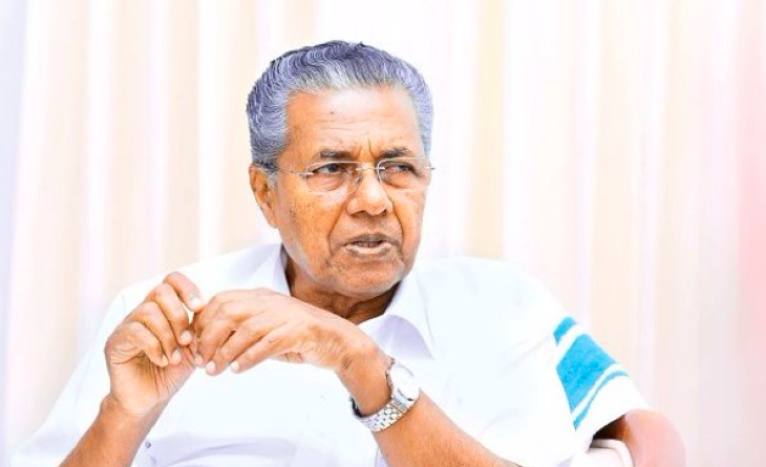RBI’s Final Nod for Kerala Bank Set to Boost Agri Enterprises: LDF Govt

New Delhi: The ruling Left Democratic Front (LDF) government’s cherished aim of the state having its own bank may soon see the light of the day with the Reserve Bank of India (RBI) giving final clearance to the state government to form the Kerala Bank.
On Wednesday, State Minister for Cooperation, Kadakampally Surendran, told presspersons that with the latest consent from RBI, there was no key hurdle for the formation of Kerala Bank, which was one of the major promises made by the Communist party of India (Marxist)-led LDF in its election manifesto during the 2016 Assembly elections.
Kerala Bank or Kerala State Cooperative Bank, which is set to become the state's largest banking network, will be formed after amalgamating 13 district co-operative banks with the Kerala State Cooperative Bank. Except the District Cooperative Bank of Malappuram, all other District Cooperative Banks had approved the amalgamation scheme proposed by the state government in their respective general body meetings.
As objections from the Malappuram District Co-operative bank delayed the formation of state government’s ambitious plan to set up the Kerala Bank, the state government had come out with an ordinance for the purpose.
The journey to the final step towards the formation of the proposed Kerala Bank was not easy, as the Opposition parties in the state were against its formation. Congress leader Ramesh Chennithala even wrote to RBI governor seeking denial of permission for the bank’s formation. The boards of directors of some coop banks under the Congress-led United Democratic Front (UDF) also approached the high court against the formation of Kerala Bank. The petition is still pending with the court. Some other cases are pending in the court.
Read more: How Kerala’s Cooperative Model is Making Strides Despite Odds
The RBI’s consent, however, will be subject to the outcomes of cases pending before the Kerala High Court. The approval from the RBI is valid till March 31, 2020.
Though the RBI has listed six conditions for amalgamation, Surendran said the state had no problems in complying with these. One, according to the figures of NABARD on March 31, 2018, the proposed bank was short of Rs 97.92 crore to achieve the capital adequacy norms. The state government has to transfer this amount before the amalgamation begins. Two, in the proposed Kerala Bank, the transfer price scheme should be instituted on the basis of the net worth of the District Cooperative Banks.
The third condition is that the representatives of societies that have no voting rights should be the part of the governing council of the proposed bank as special invitees on rotation basis. The fourth condition is that the structure of the board of management of the new bank should be based on the guidelines that have been set for the urban cooperative banks. The sixth condition is that there should be at least two professionals on the board of the proposed bank. And, finally, after March 31, 2019, the date till the approval is valid, the bank has to submit its status report to RBI through NABARD (National Bank for Agricultural and Rural Development).
“These conditions can be fulfilled by the state government and respective banks. The state will submit all these details to the court and will proceed with the merger,” the cooperative minister said in a Facebook post.
Chief Minister Pinarayi Vijayan has also expressed his hope that the proposed bank would boost the state’s development. In the Budget 2019-20, state finance minister Thomas Isaac had also declared that the proposed Kerala Bank would give strong support to enterprises in the agriculture sector.
Read more: Kerala Coop Banks to be Exempted From SARFAESI Act: Pinarayi Vijayan
As of now, cooperative banks in the state operate in a three-tier system. The state cooperative bank, district cooperative banks and then the primary cooperative banks. As the proposed Kerala Bank starts functioning, about 804 branches should be merged as per the guidelines of RBI and the banking operations would be a two-tier system.
It is also calculated that once the Kerala Bank starts its services, the loan interest rates would be low. Now, district cooperative banks and state cooperative bank have different interest rates.
At present, state cooperative banks have capital adequacy of Rs 7,000 crore and all the district cooperative banks together have a capital adequacy of Rs 47,047 crores.
Get the latest reports & analysis with people's perspective on Protests, movements & deep analytical videos, discussions of the current affairs in your Telegram app. Subscribe to NewsClick's Telegram channel & get Real-Time updates on stories, as they get published on our website.
























